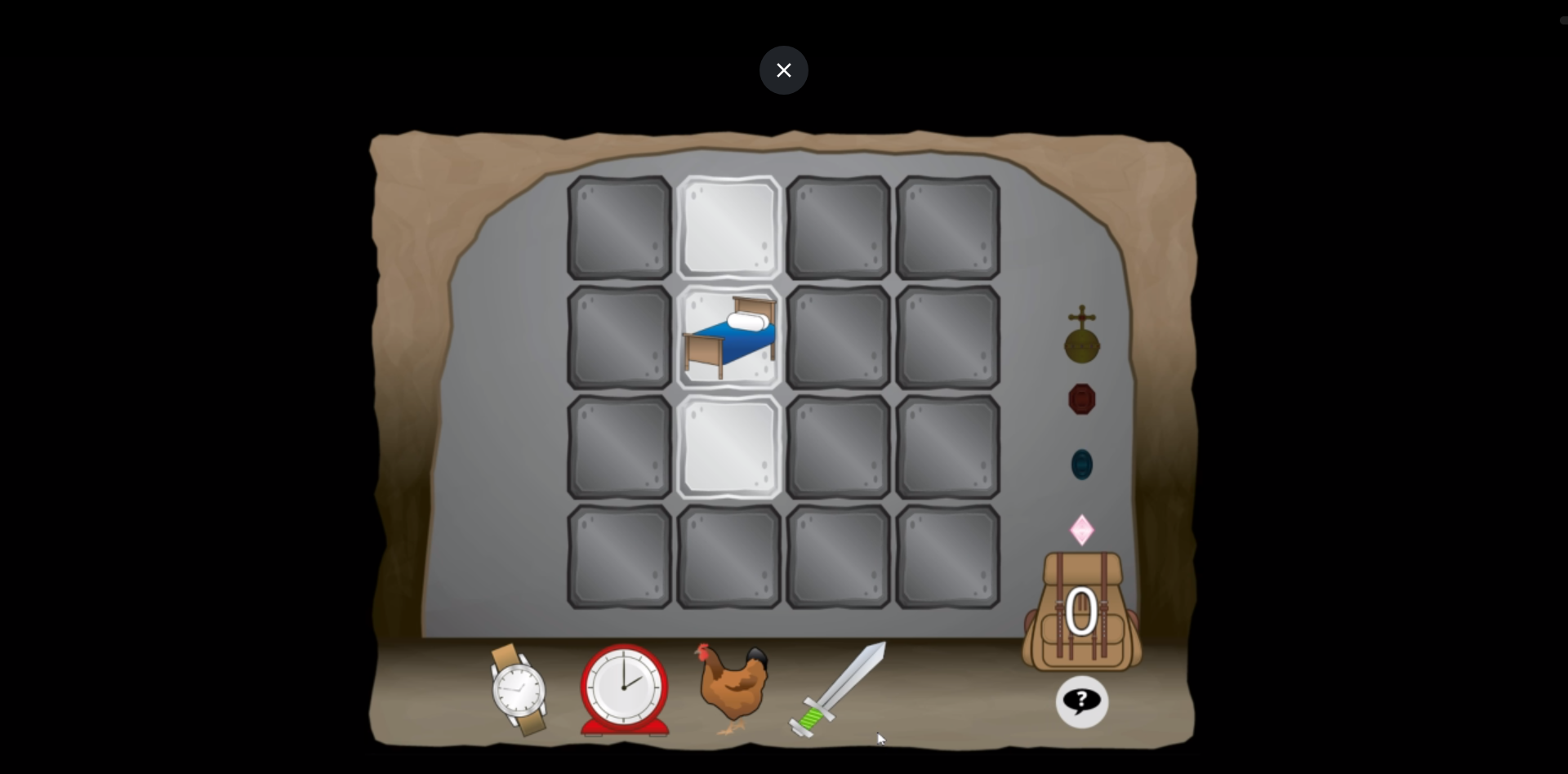
In this interview, Professor Dorothy Bishop talks to us about how she has used games both for teaching children language as well as for keeping them motivated in psycholinguistics experiments.
Dorothy is a psychologist specializing in developmental language disorders. She is Professor of Developmental Neuropsychology and runs a European Research Council Advanced Grant in the Department of Experimental Psychology at the University of Oxford.
There is a growing trend for researchers in the field of psychology to use games in their experiments. This interview is part of a series interviewing pioneers in the field of gamified research who have used Gorilla to develop their experimental designs.

What led you to gamified experimentation?
Long before Gorilla existed, I was interested in doing psychophysics with children to see how fine a discrimination they could make between various sounds — because there’s a wide literature particularly on dyslexia and language disorders — and the idea that these problems might relate to poor frequency discrimination.
What people were doing was going straight from what was done with adults to doing it with children the same way, and it was incredibly boring! You needed an awful lot of trials and you had these adaptive procedures where it got harder as you went through, so the more you succeeded the harder it got. You typically needed to get adults to do about 100 trials to get through this procedure and after about three or four trials kids would say, “Is there much more of this?”.
The main thing I learned was that to make the task into something the children would want to do you need sounds. Because we were testing sound discrimination, people were very nervous about putting in any auditory reinforcement because they thought, “Well, they’re listening to sounds, it’s going to confuse them if they get other sounds.” But actually it didn’t, because the reinforcing sounds were much more complex — more like the sorts of noises that are used in games. When the kids got a question right they had a gliding sound that went ‘broop’, and as they got more and more answers correct the sound got higher in pitch. At the end of a block you got much more exciting things happen with cartoon characters jumping around saying, “Well done!” and so on.
Do you think such reinforcement strategies would work for something educational?
Well the other thing we then moved onto was trying to train comprehension. In these training tasks, there are two key things: there’s the reinforcing sounds, which really make a difference, but the other thing is you have to keep them wanting to get to the next level. The trouble with most experiments is they are very repetitive. But we found that if you build in levels through which they progress as they learn, it doesn’t actually matter if the levels are arbitrary points in a learning sequence; the participant doesn’t know the change from level one to level two is actually just that you’ve done 12 trials or something. They see it as progress. The markers of the levels need to be something interesting, so we had characters appearing on the screen with a message indicating their progress.
I think this could make a huge difference not just to children but also to adults. I had a PhD student who studied adults and kids and when we submitted our papers for publication, we’d get people saying, “Well, you know, this is very childish. You’ve got these jumping dinosaurs. This is insulting to adults.” But of course what we actually found is that the adults loved it too. It was so much more fun than the typical psychology experiment they were asked to do. It also depends where you’re recruiting from because, if you’re recruiting online, you really need to have something in there to defend against the person that’s just going to hit the keys at random to earn the money: if you can engage them to want to progress, it may help with that.
Were the ideas that you had for these stimulating games from your own intuition or from prior evidence and experience?
It was mainly intuition, but also experience. When I was testing children in a nursery I would talk to the staff there and ask them, “What do you think would make the kids interested?”. And they were able to show me the sorts of commercially available educational games that they were using and that gave me more ideas. But otherwise it was very much intuition.
Do you have any worries that because your experiments are in a gamified format, the data might be biased in some way?
Not really. You have to think very hard what it is you’re trying to do. In the original psychophysical experiments we were trying to get an accurate threshold and the big enemy of that is inattention. So whatever you could do to get the child attending hard is going to give you a better threshold. I suppose the only problem would be if you were comparing different groups, you may find that some children found it more motivating than other children, and that might then possibly be a confound. For example if you had something that boys tended to find fun and girls just didn’t you might get a sex difference that didn’t really reflect their abilities, but just was down to how engaged they were.
Are there any features that you would like to incorporate in games that you haven’t been able to?
I think adaptiveness, where you are actually responding to somebody’s reaction time and then giving them feedback contingent on that, could be very useful. And in terms of what may be missing from existing games and apps I think generalization is important. When I read the very early literature on language disorders from around the 1960s it was interesting that there was a lot of rote learning, but there was no generalization to everyday life. So methods started to be developed where a therapist is very much in a real life situation responding to a child and they don’t explicitly correct the child, but might repeat what they said with the correct syntax and so on. The idea is that this naturalistic approach is much more effective than rote learning.
Then in the 1990s the first computerized remotely-delivered interventions began to be released, which aimed to teach children to hear distinctions between sounds. Some of these computerized interventions were beautifully gamified but the problem is that most of the evidence suggests they don’t actually work. You can train children to get better at the game but it doesn’t generalize. People commented that we had gone full circle because it was again rote-learning, only this time computerized.
The way we’ve been trying to test generalizability in our experiments is by changing the format of the of the task. So you might have a learning task where you hear a sentence and move things on a screen to match the sentence. We also give them a pre and post test which is simply a multiple choice test where you have to match a sentence to a picture. That way we can look at two things: does the child show learning in the course of the training, but also, does it generalise to a different format? I hope that if we get better at designing games that capture children’s attention, we might also find we can get generalise beyond the game, but that is the really big challenge.


